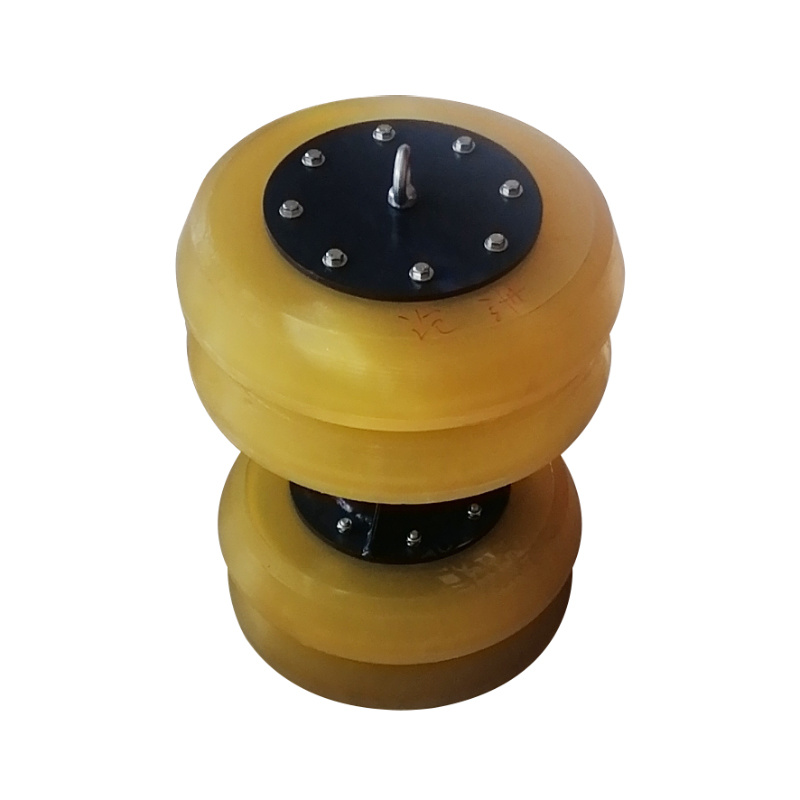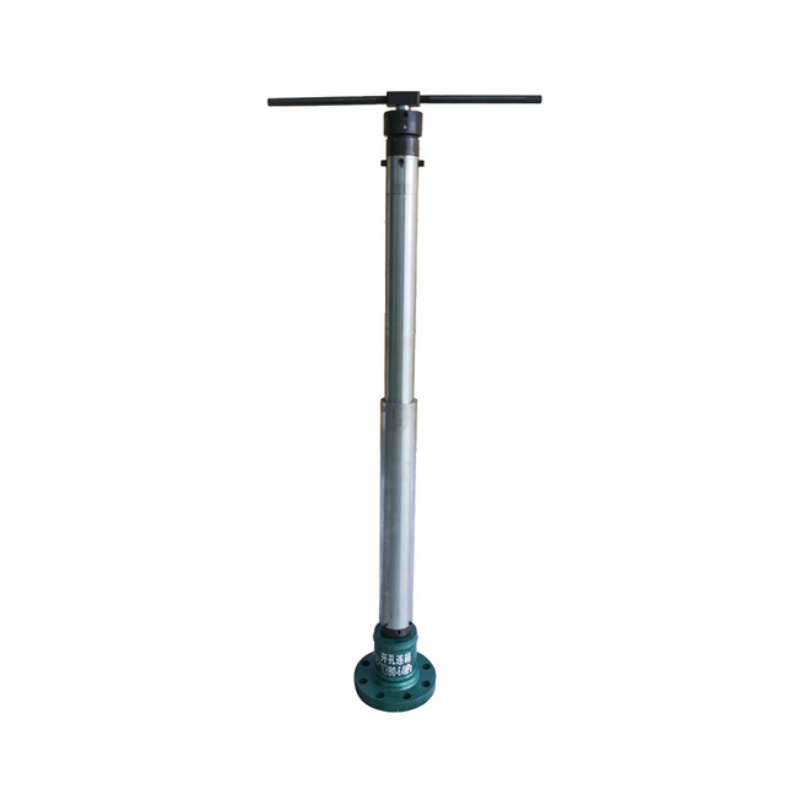Understanding Oil Pipeline Sealing Pluggers: Essential Insights for Pipeline System Professionals
Apr 02,2025
Oil pipeline sealing pluggers are specialized devices designed to prevent the leakage of fluids, particularly oils, from pipelines during maintenance or under circumstances where the continuity of fluid flow must be temporarily halted. Their design and functionality are critical for ensuring the integrity of pipeline networks, especially in industries where fluid management plays a vital role.
The

Oil pipeline sealing pluggers are specialized devices designed to prevent the leakage of fluids, particularly oils, from pipelines during maintenance or under circumstances where the continuity of fluid flow must be temporarily halted. Their design and functionality are critical for ensuring the integrity of pipeline networks, especially in industries where fluid management plays a vital role.
These sealing pluggers serve various functions in pipeline operations. Primarily, they are employed for isolating sections of a pipeline for repair or inspection purposes. By effectively sealing off certain areas, workers can conduct maintenance without draining the entire system, minimizing downtime and resource loss. The need for such efficient solutions highlights the importance of oil pipeline sealing pluggers in maintaining operational efficiency in pipeline systems.
One of the key advantages of using oil pipeline sealing pluggers is their ability to withstand high pressures and temperatures, which are common in oil and gas operations. Manufacturers typically utilize durable materials that can endure the harsh conditions present in pipeline environments. This not only ensures longevity but also enhances safety by preventing accidental leaks that could lead to hazardous situations.
Another significant benefit of oil pipeline sealing pluggers is their ease of installation and removal. Many modern designs feature user-friendly mechanisms that enable quick deployment and retrieval, allowing for swift operational adjustments. This aspect is particularly beneficial for professionals, as it reduces the labor time required for pipeline maintenance and enhances overall productivity.
Furthermore, the advancements in technology have led to the development of intelligent sealing pluggers equipped with sensors that monitor pressure and flow rates. These high-tech solutions provide real-time data to operators, enabling proactive maintenance and minimizing potential failures. As the industry moves towards greater automation and data-driven decision-making, integrating such innovations into pipeline management systems becomes increasingly advantageous.
In conclusion, oil pipeline sealing pluggers are indispensable tools for construction and decorative materials professionals working within pipeline systems. Their utility in isolation, safety, and technological advancement cannot be overstated. Understanding these devices’ operational principles and benefits will not only enhance your pipeline management practices but also ensure compliance with safety regulations and industry standards. As you explore options for enhancing pipeline efficiency, consider the role that high-quality sealing pluggers can play in your operations.
These sealing pluggers serve various functions in pipeline operations. Primarily, they are employed for isolating sections of a pipeline for repair or inspection purposes. By effectively sealing off certain areas, workers can conduct maintenance without draining the entire system, minimizing downtime and resource loss. The need for such efficient solutions highlights the importance of oil pipeline sealing pluggers in maintaining operational efficiency in pipeline systems.
One of the key advantages of using oil pipeline sealing pluggers is their ability to withstand high pressures and temperatures, which are common in oil and gas operations. Manufacturers typically utilize durable materials that can endure the harsh conditions present in pipeline environments. This not only ensures longevity but also enhances safety by preventing accidental leaks that could lead to hazardous situations.
Another significant benefit of oil pipeline sealing pluggers is their ease of installation and removal. Many modern designs feature user-friendly mechanisms that enable quick deployment and retrieval, allowing for swift operational adjustments. This aspect is particularly beneficial for professionals, as it reduces the labor time required for pipeline maintenance and enhances overall productivity.
Furthermore, the advancements in technology have led to the development of intelligent sealing pluggers equipped with sensors that monitor pressure and flow rates. These high-tech solutions provide real-time data to operators, enabling proactive maintenance and minimizing potential failures. As the industry moves towards greater automation and data-driven decision-making, integrating such innovations into pipeline management systems becomes increasingly advantageous.
In conclusion, oil pipeline sealing pluggers are indispensable tools for construction and decorative materials professionals working within pipeline systems. Their utility in isolation, safety, and technological advancement cannot be overstated. Understanding these devices’ operational principles and benefits will not only enhance your pipeline management practices but also ensure compliance with safety regulations and industry standards. As you explore options for enhancing pipeline efficiency, consider the role that high-quality sealing pluggers can play in your operations.








